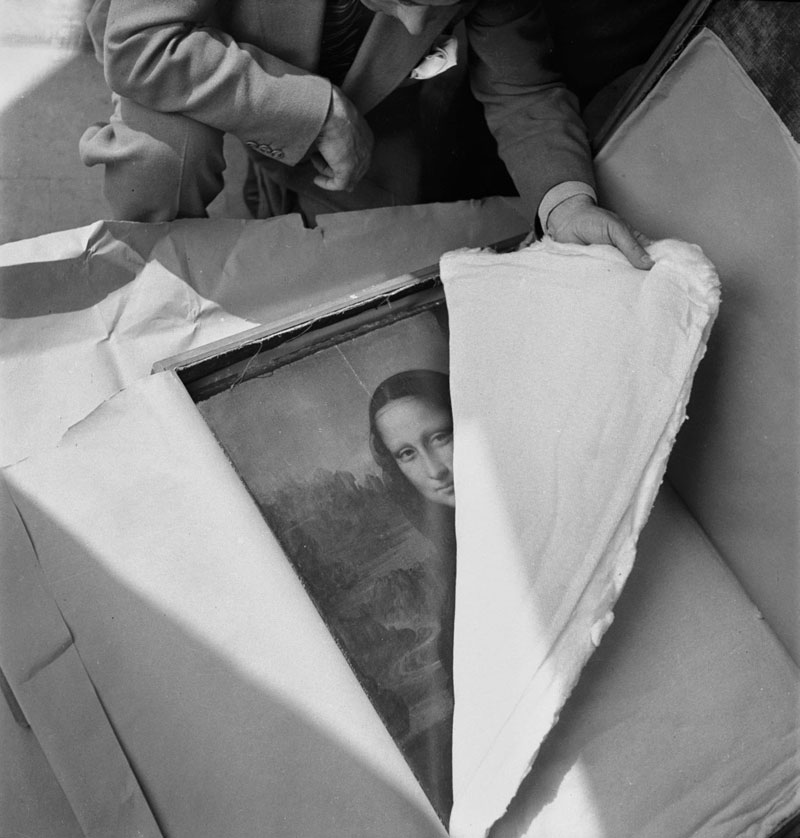Perhaps the most interesting of all of its travels, the Mona Lisa was moved four times throughout the course of World War II. As a symbol of French love and pride, the Mona Lisa’s safety was a top concern. Of all the artworks moved out of the Musée du Louvre (for safekeeping), the Mona Lisa was given the highest ranking of importance (marked by three red dots on its crate) and transported in a box without the labelling, in order to remove the appearance of importance. These measures were taken to ensure that the Mona Lisa would be safe in her travels and avoid capture by the Nazis.
The first move occurred in August 1939, right before the start of World War II. Fearing for the safety of this masterpiece, the Mona Lisa was moved to the Château de Chambord in Chambord, France. However, this security was short-lived and in June 1940, it was decided that the painting should be moved again, this time to the Château de Louvigny in Louvigny, France. The Mona Lisa remained at the Château de Louvigny for only a few months, before it was once again relocated. This time the painting was moved south to the Musée Ingres in Montauban, France. The Mona Lisa rested here from September 1940 to 1942. In its final relocation, the Mona Lisa was taken to Château de Montal in Saint-Jean-Lespinasse, France, where it remained for the rest of the war. Following the liberation of France and the end of World War II in Europe, the Mona Lisa was finally able to return home. This photograph, which was taken on June 16th, 1945, shows the return of the Mona Lisa to its permanent home in the Musée du Louvre in Paris, France. This entry is the second in the “The Trials, Travels and Thrills of the Mona Lisa“.
